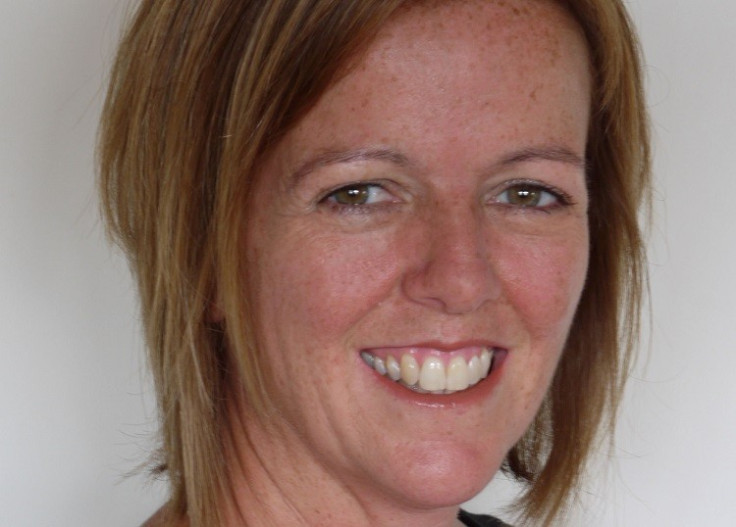Why Collaboration Not Competition is Boardrooms' New Buzzword

As businesses turn their attention to their indirect impacts, and peer down complex supply chains that often crisscross the globe, the realisation dawns that some of these challenges, from water security to labour standards, are just too big for one organisation to tackle alone.
In this new era, when competition alone cannot transform markets and collaboration is king, how can businesses work with their peers to progress a sustainability agenda and their bottom line?
At Forum for the Future, we have our own change model - The Six Steps to Significant Change. Collaboration is essential as we move from pioneering practice (step 3) to creating tipping points which bring sustainability into the mainstream (step 4). Our Sustainable Shipping Initiative, which brings together diverse actors within the shipping industry, illustrates how industry-wide collaboration can allow progressive businesses to profit from sustainable business models; future-proofing against potential costs such as volatile fuel prices and demands for low-carbon performance.
So, if you're looking to grow your sustainability efforts alongside your bottom line, here are a few tips for successful collaboration, which could be one of your best career moves yet.
Step 1. Identify the right type of collaboration
We think there are three broad types of collaboration:
- Open Collaboration. With customers, idea-makers, your peers - it's great if there is a practical question you'd like answered and where you have reasonable control over the action that follows. Through Futurescapes Sony used open collaboration to explore how technology can enable sustainable lifestyles in the future. To think differently and beyond "business as usual," we worked with Sony to engage leading futurologists, social commentators and experts from the fields of design, technology and sustainability from across the world - as well as contributions from the general public - to develop four scenarios for 2025 from the infinite number of futures ahead of us. These scenarios were then used to generate a number of new concepts, including Wandular, a multipurpose device that evolves with you over your lifetime and remains up to date through cloud downloads and modular hardware plug-ins (see it on display at the Design Museum's Future is Here exhibition)
- Vertical Collaboration. Where you need to work with your supply chain and influence other organisations to act. A great example is Eco-rating from UK mobile phone provider O2. O2 knew that a proportion of its customers would use sustainability as a key criteria in choosing a phone, and that an even larger number (up to 44 percent) would choose a more sustainable handset over a less sustainable one, all else being equal. O2 wanted to give its customers the ability to make these choices and, working in close collaboration with handset manufacturers, developed a simple and robust assessment tool called Eco-rating
- Horizontal Collaboration. Where you need to create change that requires the system around you to shift, and needs cooperation between different actors from different sectors who share a common challenge. Horizontal collaboration is usually multi-stakeholder, as engagement of policymakers and NGOs is typically needed to create a shift at a sectoral level. At a global level, the Sustainable Shipping Initiative illustrates an industry-wide movement toward a global sustainable shipping industry.
Step 2. Secure permission to play
This is really very obvious, but often overlooked. For open innovation, senior management support is essential. Otherwise, the great ideas and insights from the brilliant minds engaged will go nowhere - and the next time you ask for their time, they may be far less willing to give it. When it comes to vertical collaboration, new supplier contracts might be needed, which is impossible without senior management commitment. And horizontal, multi-stakeholder collaboration is virtually impossible without CEO support as the risks can be quite high - new ways of working, new business models, genuine hallmarks of system change. A letter from one CEO to another can be very helpful in bringing a consortium together, it certainly worked well for the Sustainable Apparel Coalition
Step 3. Use great process, but make it flexible
Collaboration leading to results won't just happen by virtue of the right people being in the right place at the right time. To make the transition from talking shop to acting shop, tip-top and hot process is the order of the day. Make that investment in the right facilitator, and if it's a bunch of very senior folk in the room, get an experienced and senior facilitator. At Forum we've been honing our processes for 17 years - it takes time, experience and careful framing to ensure you get it right.
Step 4. Allow time
Build in time for reflection in the process - when participants can be alone, think things over, settle, and calm things down. Difficult conversations need time to work through and resolve. For horizontal collaboration, plan for a long process - building consensus takes time, so don't rush - people need to be prepared to be in it for the long haul.
Step 5. Reset the pre-competitive/competitive dial
And here is the rub. Businesses need to rethink the purpose of competition and collaboration, and move a bunch of activities into the pre-competitive box. For example, in order to change the mood music amongst mainstream consumers, such that sustainable products and services are the norm, we need to see the dial that marks the line between pre-competitive and competitive activities shift in such a way that greater collaboration is promoted. At the moment, too many brands and businesses think sustainability is a source of competitive edge. It can be, but wider change - where sustainability is the new mainstream for the so-called middle-green - will need multiple interventions by multiple players, strategically orchestrated.
Sally Uren is CEO of Forum for the Future, an independent non-profit working globally with businesses to solve complex sustainability challenges.
© Copyright IBTimes 2025. All rights reserved.





















